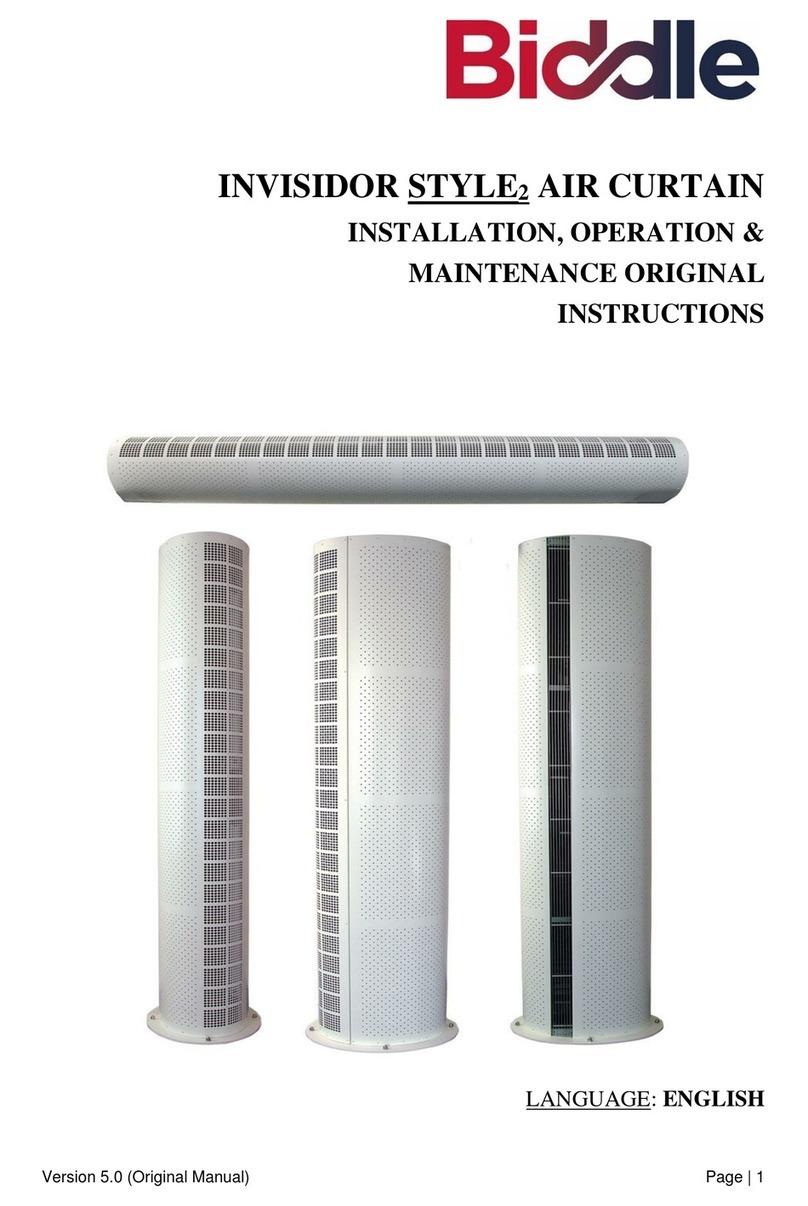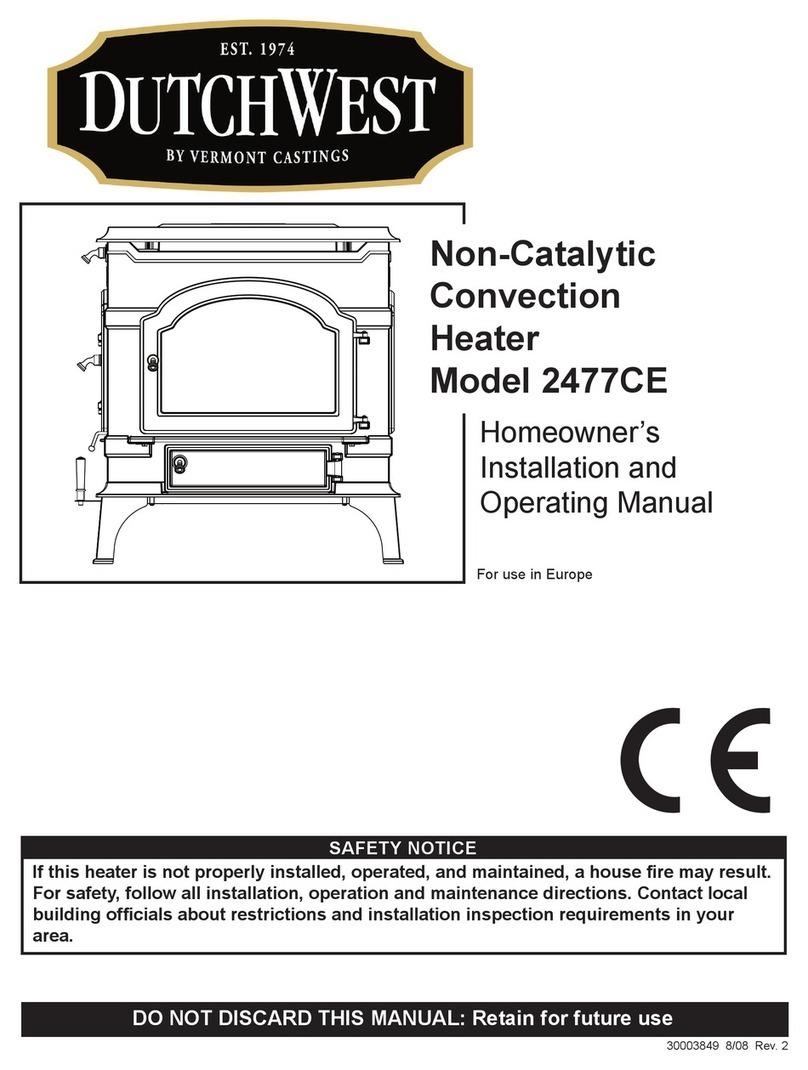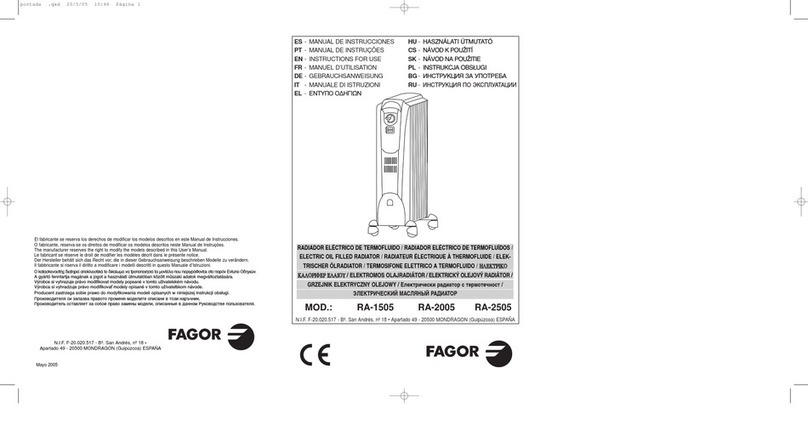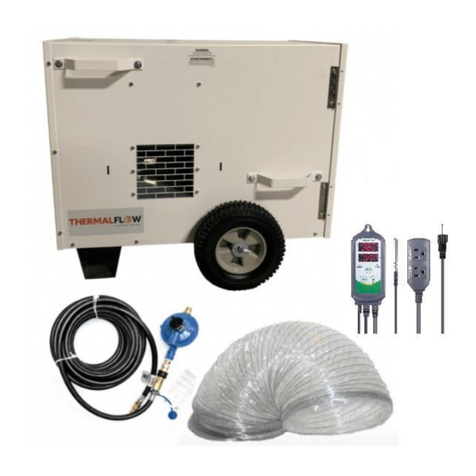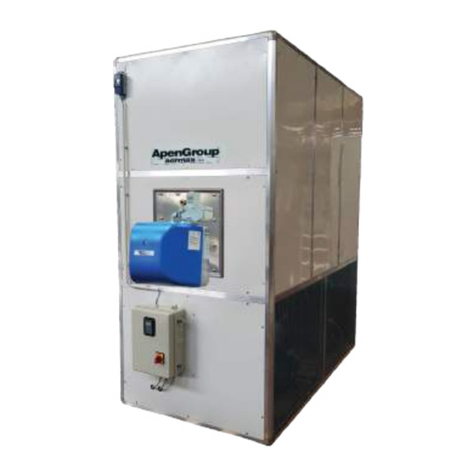mod. 740-740/SA–840-840/SA GB
3/38
INSTALLATION
SECTION DESTINATED TO THEINSTALLER
Prescriptions and norms
•Read carefu l ly the conten ts o f t h is hand book, it contain s imp ort ant in fo rmat ion and
instructions for installation, use, maintenance and product safety.
•The installation, the electrical as well as the hydraulic connection, the working
verification and the maintenance operations must be carried out by a qualified staffonly,
utilizing always theindividual security devices and all other security features foreseen by
local laws.
•The appliance must be installed inside an room considered suitable for installation and
use by competent authorities. All laws, standards and regulations in force on the
installation site must be observed, especially regarding fire prevention.
•Technological connection and appliance installation must be carried out by a qualified
staff, who is authorized to release a conformity certificate according with the normative
in force and current standards.
•All the normative concerning civil town planning and/or industrial in force must be
respected inside the installation roomof the appliance.
•All laws, standards and regulations in force on the installation site must be observed,
regarding: flues, electricity, water and steam, drains and wastedisposal,
•The appliance should be connected to an electrical plant suitable with the declared
electrical power ofthe appliance itself(see data plate).
•The manufacturer disclaims all responsibility caused by incorrect installation,
using, tampering, maintenanceor no respectof normative inforce.
•In order to avoid problems arising from residuals and/or deposit it is deeply
recommended to effect a complete washing of the plant (specially by new plants) before
connecting the appliance.
•Cut-off cocks must be installed out of the appliance, which permits to insulate the stove
in casethe thermal plant should be disconnected for maintenance and/or repair purposes.
•Flexible tubes are preferred to connect the appliance to the plant.
•Verify that the thermal plant is suitable with declared power ofthe appliance. The values
are reported on the technical data plate, which is placed on the appliance, a copy of it is
at tach ed in th is manual.
•The connection of the appliance to the thermal plant should also foresee a cock for the
emptying ofthe boiler. This cock should be placed on the backflow tube and, ifpossible,
connected to the a sink.
•The filling of the boiler and eventually of the
heating plant must be carried out by qualified
technicians, it is possible to control the pressure
of the boiler on the display, only after having
connected the appliance to the electric socket.
press button1to see the pressure.





